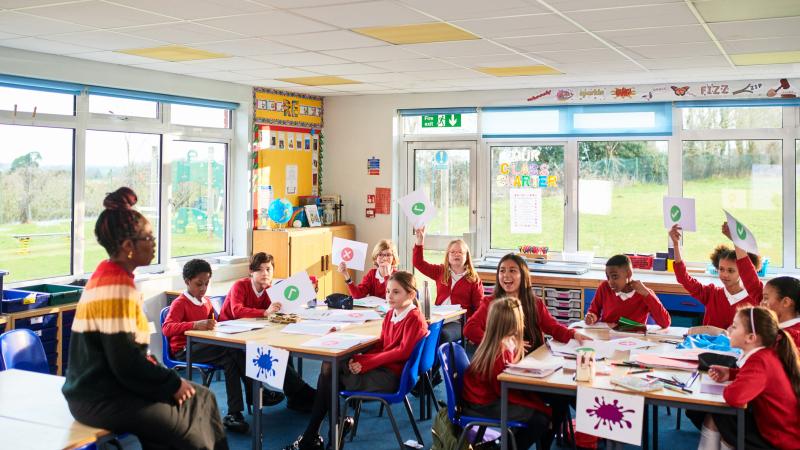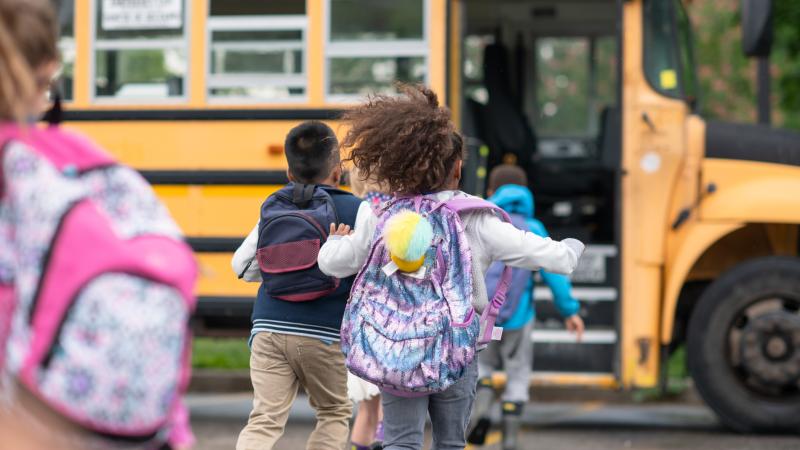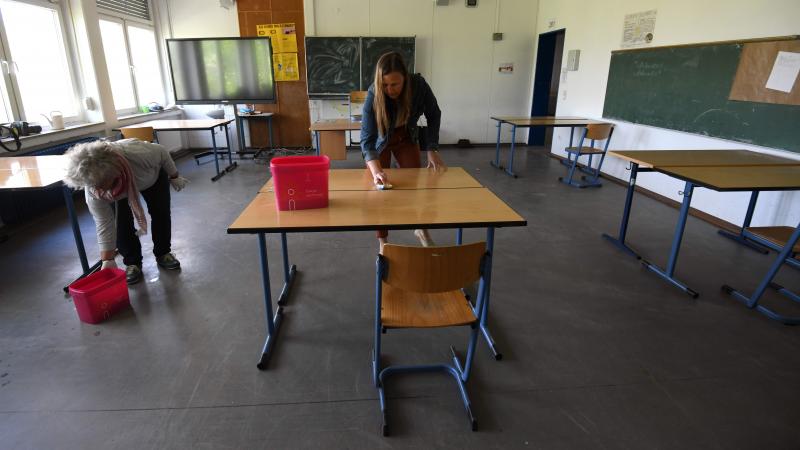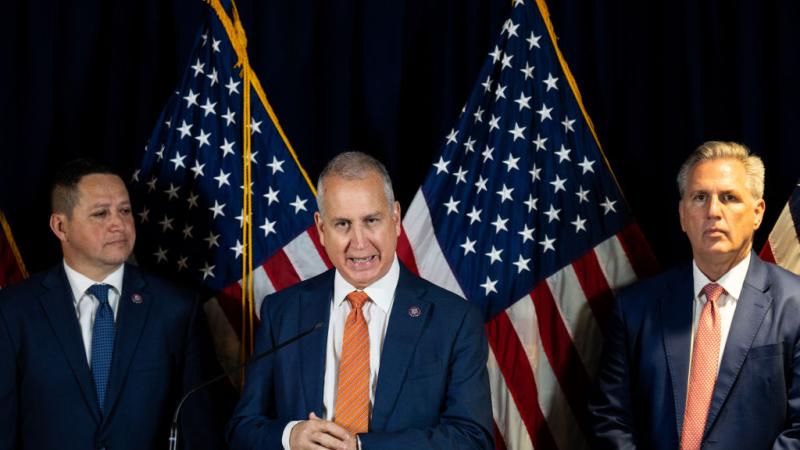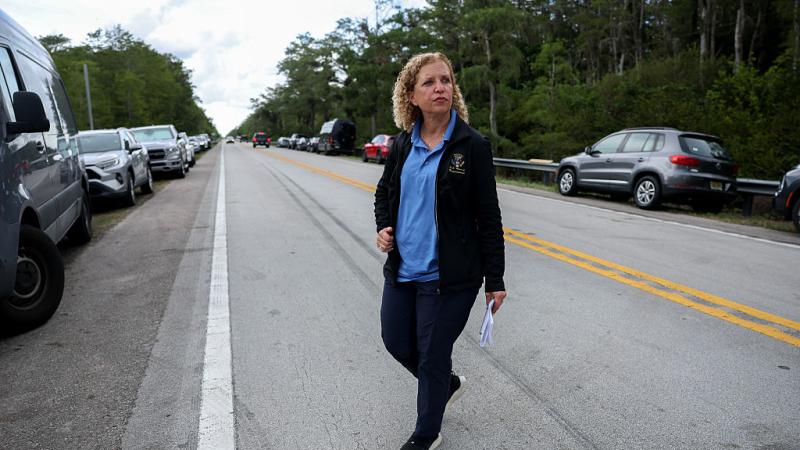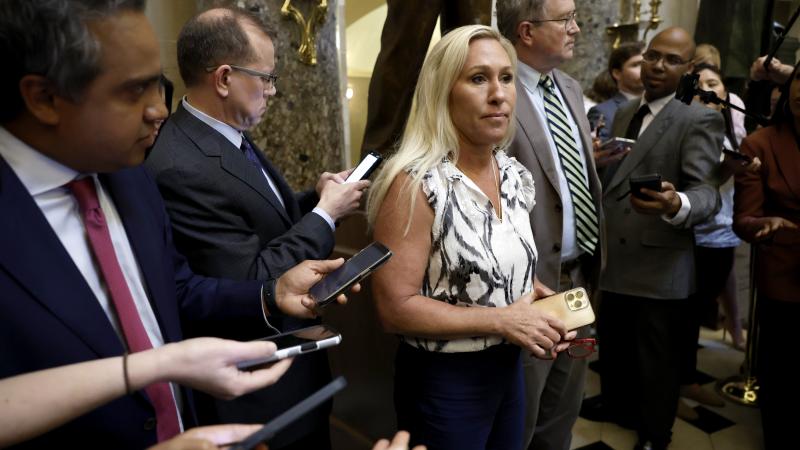In big Virginia school district, middle school students see 300% jump in failing grades
Some students who "previously struggled in school" have "continued to do so," district admits.
Failing grades in one of Virginia's most prominent school districts have spiked this quarter compared to the same time last year, likely signaling the difficulties students, parents, teachers and administrators have faced in moving the local educational system over to "virtual" learning amid the COVID-19 pandemic.
Those troubling numbers are drawn from a report from the school district's Office of Research and Strategic Improvement, which the district commissioned after learning that students were struggling with the school's online-only educational structure, which has been in placed since April.
Middle and high school students with failing grades in two or more classes throghout Fairfax County Public Schools were up 83% in the first quarter of the 2020-21 school year compared to the same quarter last year, with the share of F-marks jumping from 6% of all grades to 11%, nearly doubling.
Among younger students the increases were significantly higher. Middle school students overall saw a 300% increase in Fs; female middle schoolers saw a jump of 600%. Disabled students and Hispanic students both saw jumps of 400%.
The overall 83% spike in Fs was also more pronounced among individual demographics district-wide: Hispanic students saw a 92% jump in flunking grades, while English learner students saw a 106% increase. Students with disabilities, as identified by the report, saw their failing grades go up overall by 111%.
By raw numbers, the total number of Fs handed out district-wide jumped from 5359 in the first quarter of 2019 to 9698 this quarter.
While younger students posted notably high increases in Fs, high school students suffered comparatively less, though they still recorded a distinct uptick in flunking grades, posting a 50% jump in Fs this quarter. Among demographics, English learners in high school took the hardest hit, seeing a 70% increase.
"Results indicate a widening gap between students who were previously performing satisfactorily and those performing unsatisfactorily," the report states.
"In other words, students who performed well previously primarily performed slightly better than expected during Q1 of this year. In contrast, students who were previously not performing well, performed considerably less well."
Schools have been online since April
District spokeswoman Lucy Caldwell said Fairfax schools commissioned the report "when we learned that there were concerns with some students struggling to learn online."
"There are many factors that may influence student success during virtual learning," she told Just the News, "including less motivation due to distance from teachers and peers, challenges with learning environments outside of a school setting, and a need for more independence with learning and completing projects such as organization and time management skills."
"We have taken some initial actions to support students during this very unusual school year," she continued, "and we are continuing to look for additional supports and resources to help our students learn."
Like many school districts across the country, Fairfax schools closed in mid-March and launched an ad-hoc distance learning program in April in an attempt to keep students current with their studies even as they remained home.
In June, district Superintendent Scott Brabrand announced a planned "hybrid" model for re-opening schools in the fall in which students would attend in-person education part time. By July, however, the district had reversed course, opting for 100% virtual instruction due to rising positive COVID-19 tests nationwide. "[W]e have determined that full-time online instruction is the only safe option at this time," Brabrand said in the announcement.
The school throughout the quarter "brought small cohorts of students with the highest need for in-person instruction into buildings," the recent Office of Research report stated, "but the large majority of students continued to receive instruction virtually throughout the quarter."
Echoing the report's conclusions, Brabrand said in a statement provided to Just the News that "many of our students who were doing well prior to the pandemic continue to do well," while "some, who previously struggled in school, continue to do so."
"We are identifying these students by name and by need and are working on specific interventions to support them right now and as we phase back in person," he said. "We have taken several actions already including implementing catch up days, extending the first quarter and are continuing to look at ways the FCPS can help address student workload challenges."
Fears have persisted throughout the pandemic that schools, most of which in the U.S. closed in March and April, might act as major drivers of COVID-19 spread upon their reopening, though evidence has indicated for months that major spreading events at schools appear to be rare.
Earlier this month CDC Director Robert Redfield said at the White House that schools are "one of the safest places [kids] can be" during the pandemic, and that "the data strongly supports that K-12 schools – as well as institutes of higher learning – really are not where we’re having our challenges" regarding COVID-19 spread.
Those remarks echoed ones made by Redfield earlier in the year when he argued that the risk of a schoolchild dying from COVID-19 is literally "one in a million."
In contrast to school districts across the U.S., many European schools have remained open throughout the fall in spite of soaring positive COVID-19 tests across the continent. Over the summer, meanwhile, an Australian study concluded that COVID-19 spreads in schools "considerably less" than has been observed for seasonal influenza.

